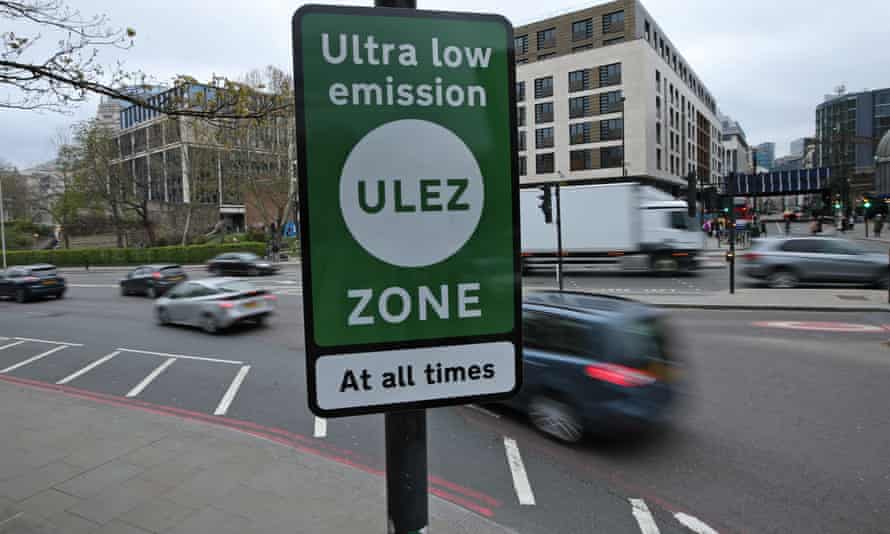The Guardian view on low-emission zones: the UK must clean up its act
Schemes to cut air pollution in cities not only save lives, but show how environmental regulation can be done

Estimates of the number of cars, and therefore drivers, affected by the introduction of new emissions rules in London next month vary. Of the capital’s 2.6m registered vehicles, which belong to around half of all households, it is thought that around one in five do not meet the new test. But given that car ownership is higher in the outer boroughs than in the affected area, some drivers of more polluting cars will neither be forced to pay the GBP12.50 daily charge nor change their vehicles.
Within the ultra-low emission zone (Ulez) it is a different story. Most petrol cars registered after 2005 meet the tougher standard; most diesel ones registered before 2015 don’t. Owners of such vehicles have some cause to feel aggrieved. Driving is not inherently antisocial and has been powerfully incentivised for decades, with cheating manufacturers to blame for a false consensus that developed around diesel’s supposedly greener credentials. For families or other groups, driving is too often the cheapest and quickest way to travel – due in part to excessive rail and other transport costs. For some people, in some circumstances, there is no other way to get around.
But given the knowledge about the effects of air pollution on human health, including some evidence linking it to more severe coronavirus infections, the Ulez can only be welcomed. Under the former mayor Boris Johnson, London’s air stayed filthy in spite of a growing body of research showing pollution’s damaging effects. One study last year found that London was the worst city in Europe for health costs associated with air pollution, while a coroner ruled that it contributed to the death of a seven-year-old girl, Ella Kissi-Debrah, from asthma in 2013.
The problem is not limited to the capital, although as the UK’s largest city by a huge margin, it attracts the most headlines. Between 2015 and 2018, the government was defeated three times in court by the environmental campaigner ClientEarth over illegal pollution levels across the country. While Bath and Birmingham are due to introduce similar low-emission schemes, other cities have put plans on hold.
The new rules will make London safer, especially for people with respiratory vulnerabilities. About 10,000 low-income car owners have already been supported to scrap or retrofit older vehicles. But the mayor, Sadiq Khan, is right to point out, as he did on Thursday, that his scheme is only one part of a much bigger picture. Recent flash floods showed that the threat from global heating is rising along with that from localised air pollution. What is needed to tackle both is a modal shift away from vehicle traffic and towards walking and cycling. In this regard, London and other UK cities are a long way behind some European neighbours.
The climate and environmental challenges we face are so daunting that it can be tempting to ignore them. In linking the Ulez to a wider call for radical climate action, Mr Khan should help to discourage this and focus minds on the overwhelmingly important decisions that lie ahead. He should continue to come under strong pressure over his perverse commitment to a new road tunnel under the Thames, whose effects will be to worsen the problems that the Ulez is meant to alleviate. But the zone itself must be hailed as a step forward – and a breath of fresh air.